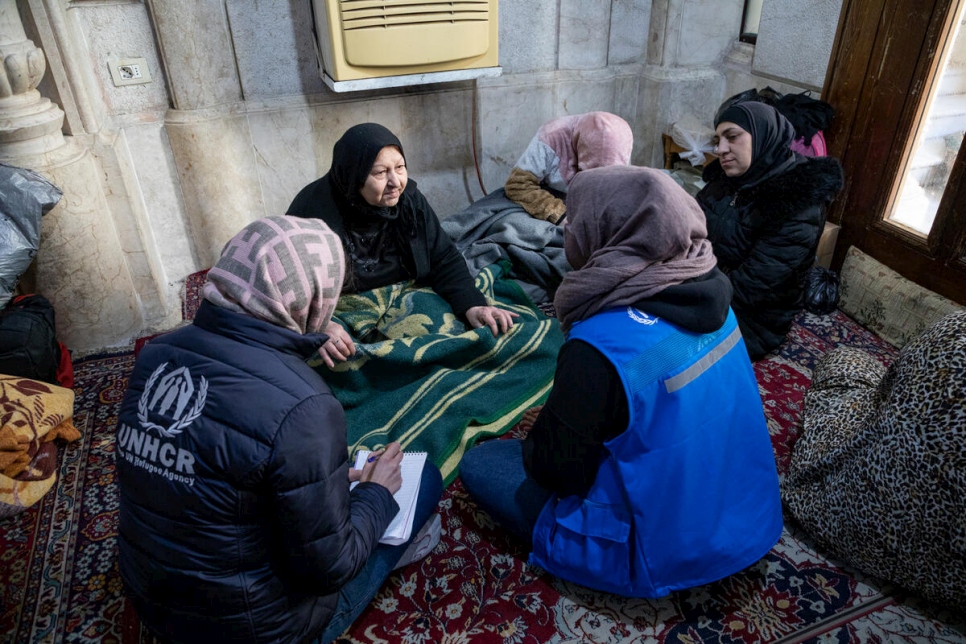Syria emergency
“I have been coming to Syria regularly for almost 20 years, but never have I seen such levels of deprivation and desperation — everywhere I have been. It is unconscionable that so many people have been left with so little for so long. They need and deserve much more support.”
UN High Commissioner for Refugees, Filippo Grandi
If you are a refugee and need help, click here for more information.
What is happening in Syria and in neighbouring countries?
After 12 years of crisis in Syria, humanitarian needs are at their highest levels ever. Little progress has been made to reach a political solution to this crisis, leaving millions of Syrians in the country and Syrian refugees in neighbouring countries with few options, struggling under immense and growing challenges.
Despite the staggering needs inside Syria and among refugees and their host communities in neighbouring countries, the crisis has sadly slipped into the shadows. Even though this is the world’s largest refugee crisis, the situation has largely dropped out of the news agenda and funding levels do not match the growing needs.
Inside Syria, even before the deadly earthquake more than 15 million people – over two-thirds of the population – required humanitarian assistance. The earthquake exacerbated the perilous situation for millions of vulnerable Syrians, creating a crisis within a crisis.
Neighbouring countries (mainly Türkiye, Lebanon, Jordan, Iraq and Egypt) have generously hosted Syrian refugees for more than a decade. These host countries need the support of the international community to continue providing safety and protection to Syrian refugees while they navigate their own economic challenges.
What is UNHCR doing to help?
We provide life-saving humanitarian aid for Syrian refugees, helping the most vulnerable with cash for medicine and other basic necessities, stoves and fuel for heating, insulation for tents, thermal blankets and winter clothing. We also help refugees with access to clean water and sanitation. For those who have been displaced but remain in Syria, we provide shelter kits and household items as well as protection services and psychosocial support.
To ensure a coordinated response in the main refugee-hosting countries, UNHCR co-leads the Regional Refugee and Resilience Plan (3RP). Under the plan, UNHCR and partners work to support Syrian refugees in many ways, including enabling access to education, providing cash assistance to afford basics like food and medicine, increasing access to primary health care and hospital treatment and livelihoods support. In addition, we help to address the most common protection risks, such as gender-based violence. Much of the funds will also be used to strengthen national and local systems and their ability to deliver services to host communities and refugees who live side-by-side.
You can help make a difference
- To find out more about our work in Syria, please visit the UNHCR Syria website.
- To find the latest figures, please visit our Data Portal. You can also read the latest external updates on our Global Focus page.

